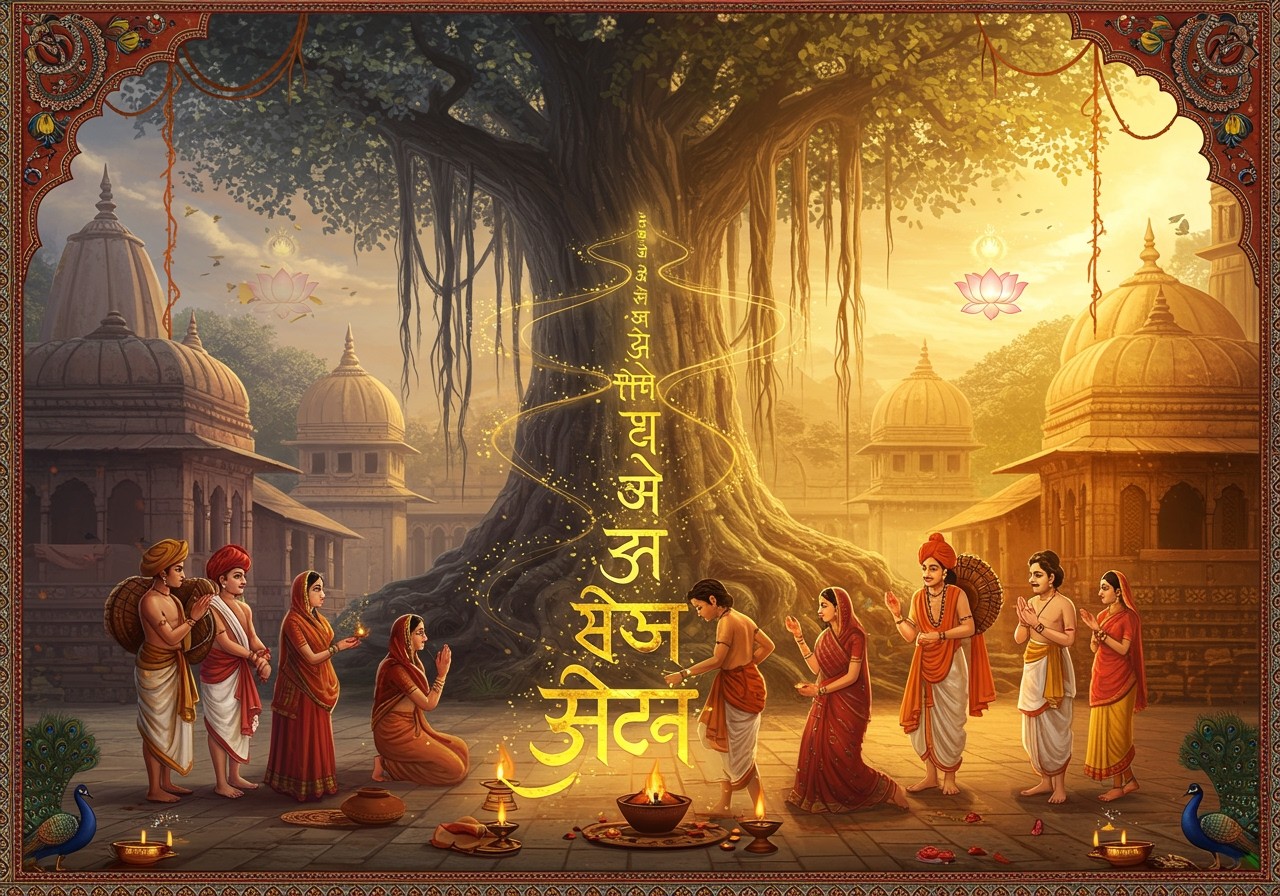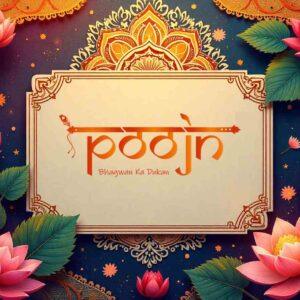
India, a land of vibrant traditions and deep-rooted culture, has always been a melting pot of diverse customs and practices. Understanding how these traditions evolve alongside modern life is crucial, especially for those who cherish their heritage while embracing contemporary lifestyles. This blog delves into the concept of Sanskritisation, exploring its significance in shaping Indian society.
Understanding Sanskritisation: A Deep Dive
Sanskritisation, a term coined by the eminent Indian sociologist M.N. Srinivas, describes the process by which communities, particularly those traditionally considered lower in the social hierarchy, adopt the customs, rituals, and practices of upper castes, often Brahmins. This cultural shift reflects a desire for upward social mobility and is often driven by factors like increased economic prosperity, access to education, and exposure to different social groups.
Imagine a family in a rural village starting to incorporate Vedic chants into their daily prayers, adopting a vegetarian diet, or performing elaborate pujas that were previously not part of their traditions. These are examples of how Sanskritisation manifests in everyday life. It’s about embracing practices perceived as symbols of higher social standing.
This process can be seen as a way for communities to integrate into mainstream society while seeking recognition and respect. However, it’s also essential to acknowledge that Sanskritisation is a complex phenomenon, with diverse interpretations and impacts on different social groups. For a deeper understanding of Hinduism’s core beliefs and practices, you can explore this insightful blog post.
Sanskritisation and Social Mobility: A Pathway to Progress
Sanskritisation serves as a powerful engine for social change, offering a pathway for communities to improve their social standing. As families adopt new customs and rituals, they may gain access to better opportunities, resources, and social networks. This can lead to a positive transformation, empowering communities and fostering a sense of progress.
For example, a community that embraces Sanskritic practices may find it easier to integrate into urban environments or access higher education. This upward mobility can have a ripple effect, improving the overall well-being of the community. You might also be interested in reading about the enduring influence of the Ramayana on Indian Culture here.
Poojn.in plays a vital role in supporting this journey of cultural evolution. Our online store offers a wide range of authentic puja items, making it easier for families to embrace traditional practices. Whether it’s a beautifully crafted brass puja thali set or a pure copper kalash, Poojn.in provides access to high-quality items that enhance your spiritual practices. Explore our collection of handmade Manasa Puja Ghat, pure Hanuman Sindoor, and pure Kalwa Raksha Sutra to enrich your rituals.
Sanskritisation in the Modern Age: Adapting to Change
In today’s rapidly changing world, Sanskritisation continues to be a relevant force, albeit with new dimensions. With increased access to information and technology, individuals and communities have more opportunities to learn about and adopt different cultural practices. The internet and social media play a significant role in disseminating information about rituals, customs, and traditions.
For instance, online tutorials and videos demonstrate how to perform specific pujas or prepare traditional dishes. This accessibility makes it easier for people to embrace Sanskritic practices, regardless of their geographical location or social background. We also encourage you to delve into a traditional South Indian education known as Aksharabhyasam at Sringeri in this informative blog post. And for those interested in exploring the rich history and significance of Udupi Sri Krishna Matha, we recommend this insightful read.
The Complexities of Sanskritisation: A Balanced Perspective
While Sanskritisation can be a positive force for social change, it’s crucial to acknowledge its complexities. Some critics argue that it can lead to the homogenization of culture, potentially overlooking the rich diversity of local traditions. Others point out that it may reinforce existing social hierarchies rather than challenging them.
It’s also important to recognize that Sanskritisation is not a uniform process. Its impact varies depending on factors like region, caste, economic status, and individual agency. Therefore, a nuanced understanding is necessary to appreciate its multifaceted nature.
Poojn.in: Supporting Your Spiritual Journey
At Poojn.in, we understand the importance of preserving and promoting India’s rich cultural heritage. Our online store offers a wide array of authentic puja items, from traditional brass diyas to intricately carved wooden statues. We also provide resources and guidance on various rituals and customs, helping you connect with your spiritual roots. Explore our collection of Srimad Bhagavad Gita (Bengali Version) and Clay Doat for Saraswati Puja to further enhance your spiritual practices.
Conclusion: Embracing Tradition and Change
Sanskritisation remains a fascinating and relevant concept in understanding India’s social and cultural landscape. It highlights the dynamic nature of tradition, showcasing how communities adapt and evolve while seeking a better future. By acknowledging its complexities and embracing a balanced perspective, we can appreciate its role in shaping India’s vibrant tapestry of cultures.


